PORCELAIN TILES - FACTS
Ceramic tile is a mixture of clay and other natural materials. The special clay are mined from the earth, shaped, colored and then fried in kilns. Most Ceramic tile has either white or red body coloration underneath the glazed, colored top layer.
Porcelain tile is a newer form of ceramic tile and is becoming popular among home owners, architects, engineers, hoteliers, and builders.
Porcelain tiles are composed of fine porcelain clay fired at much higher temperature than ceramic tiles. This process makes porcelain tile a denser product that is much harder, less porous, and less prone to moisture and stain absorption than other ceramics tiles.
For this reasons, most porcelain tiles are also harder to cut and break due to their density and hardness.
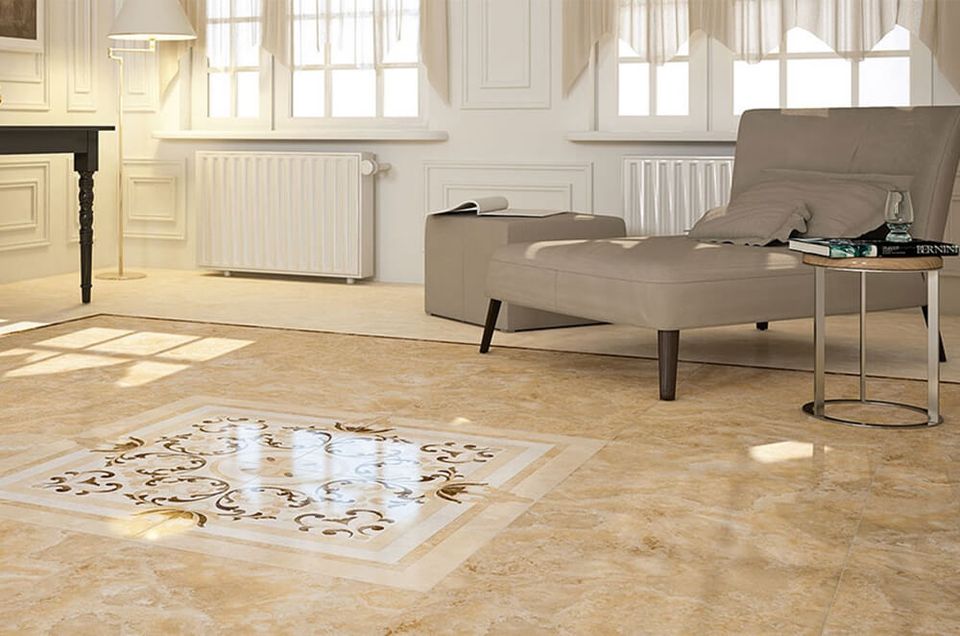
HARDNESS
Not all ceramic or porcelain tiles are suitable for all areas. Because all tiles are not rated equally for withstanding floor traffic, it is VERY important the Architect advice their clients and homeowners to select a tile appropriate for their project needs.
THE MOHS hardness factor was created in 1812 by a German mineralogist Friedrich Mohs and is a valuable aid in identifying the hardness of minerals.
The MOHS hardness factor is a scale from 1to10, with 10 being the highest hardness level.
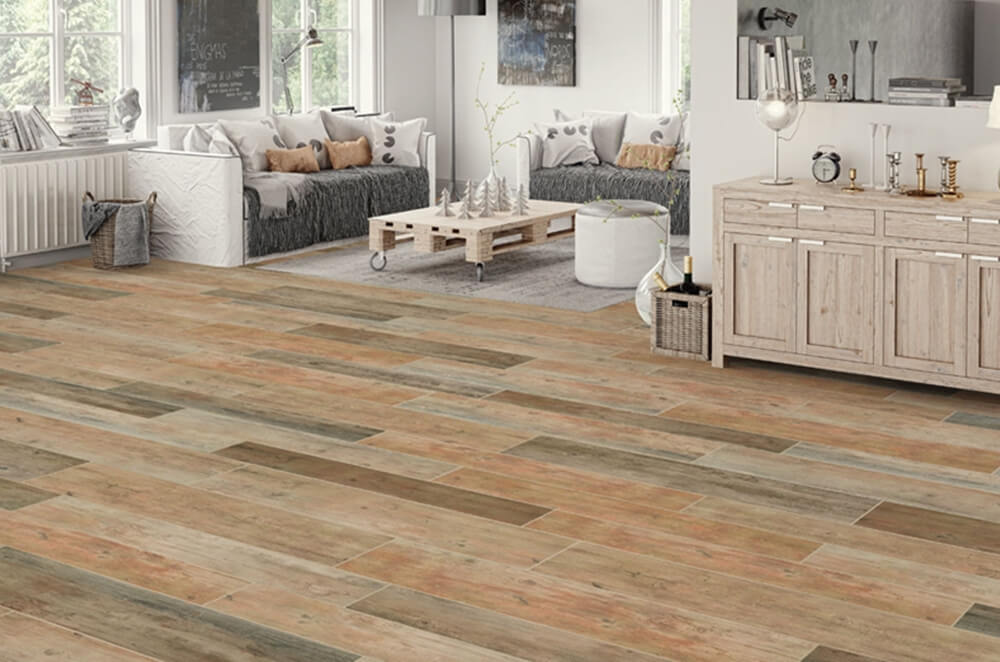
ASTM C1028 - SLIP RESISTANT (Coefficient of Friction)
This standard tests the anti-slip properties by determining the coefficient of friction between the tile and a body with a rubber surface. This test is performed in both dry and wet conditions. The COF (coefficient of friction) is defined as the horizontal force needed to overcome the vertical force of the objects weight.
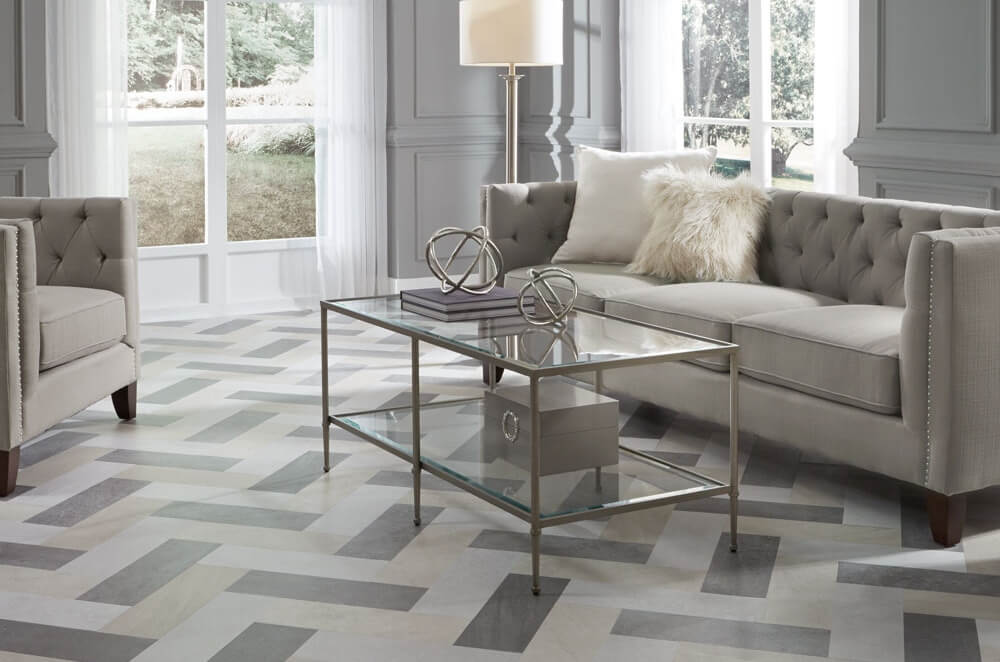
ASTM C1027 - RESISTANT TO ABRASION AND TREAD WEAR
Abrasion resistance is the capacity of the glazed surface to resist the wear caused by foot traffic or the abrasion caused by mechanical equipment. The wear action determines the suitable applications for each tile.
- Class 5 Heavy Commercial: suitable for intense commercial and all residential
- Class 4 Commercial: suitable for medium commercial and all residential
- Class 3 Heavy Residential, Light Commercial; suitable for all residential, average abrasion
- Class 2 Residential: suitable for residential excluding kitchen, entryways, and stairs
- Class 1 Light Residential: barefoot traffic and traffic without abrasive dirt.
- Class 0 Wall tile only; not suitable for floors.
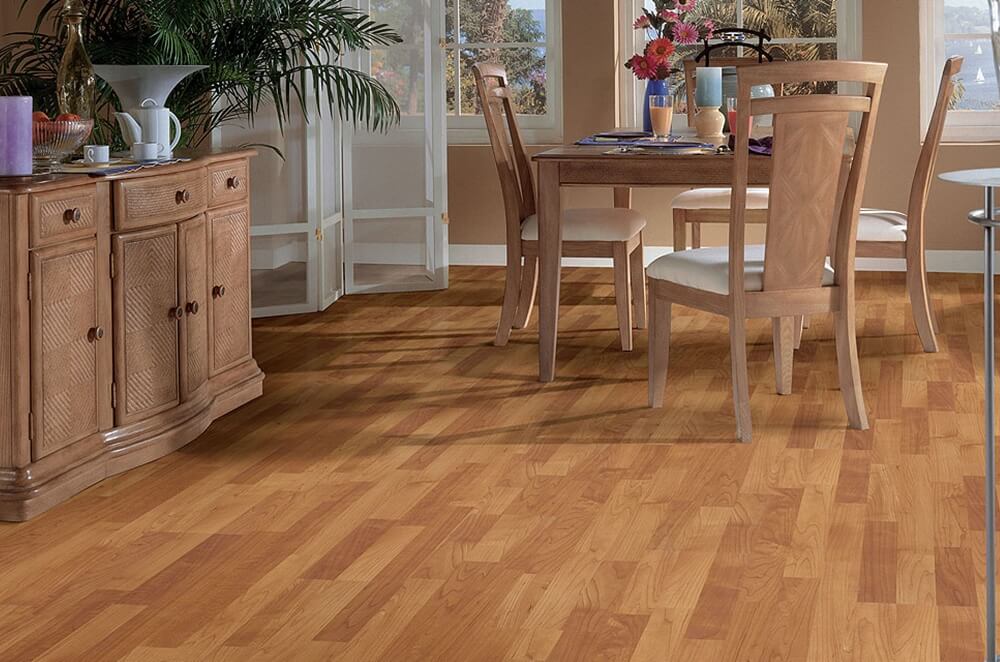
ASTM C650 - CHEMICAL RESISTANCE
- The ASTM C650 tests a tiles resistance to chemical interaction. Tiles, which are going to be exposed to aggressive chemical, should be evaluated based on the performance of the test. (Commercial kitchens, swimming pools)
- Class A—————-0 Maximum number affected
- Class B—————-1 Maximum number affected
- Class C—————-2 Maximum number affected
- Class D—————-3 Maximum number affected
- Class E—————–4 or more Maximum number affected

ASTM C648 - BREAK STRENGHT
Tests the tiles resistance to heavy loads. The breaking strength is the force needed to break the tile. A measure of the breaking strength of tile with test values (ASTM C648) expressed in pounds-force. Minimum value for glazed or unglazed mosaic, quarry, or paver tile is 250-pounds. Minimum value for glazed wall tile is 90-pounds. Samples of non-ceramic tiles, made of stone, glass, metal, concrete, or other.
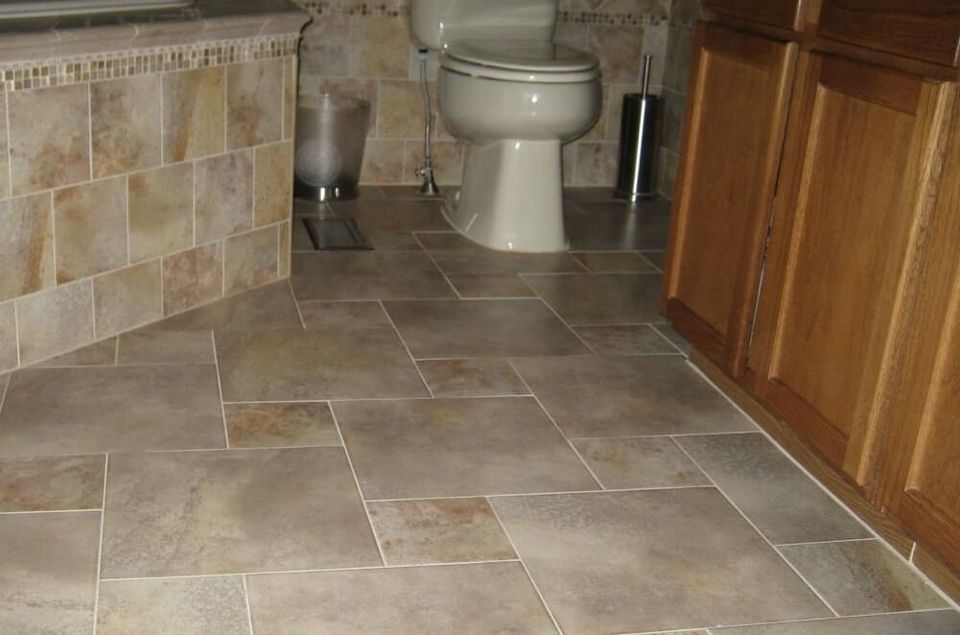
ASTM C1378 – Stain Resistance and Maintainability
Method applicable to all working surface of ceramic tiles to determine their resistance to stains. Each staining agent must remain on at least 5 testing samples, for at least 24 hours. Removal of the staining agent takes place in subsequent steps using various agents and cleaning procedures.
Class A—————-0 Maximum number affected
Class B—————-1 Maximum number affected
Class C—————-2 Maximum number affected
Class D—————-3 Maximum number affected
Class E—————–4 or more Maximum number affected
To meet the standard a tile must be rated Class A or B.
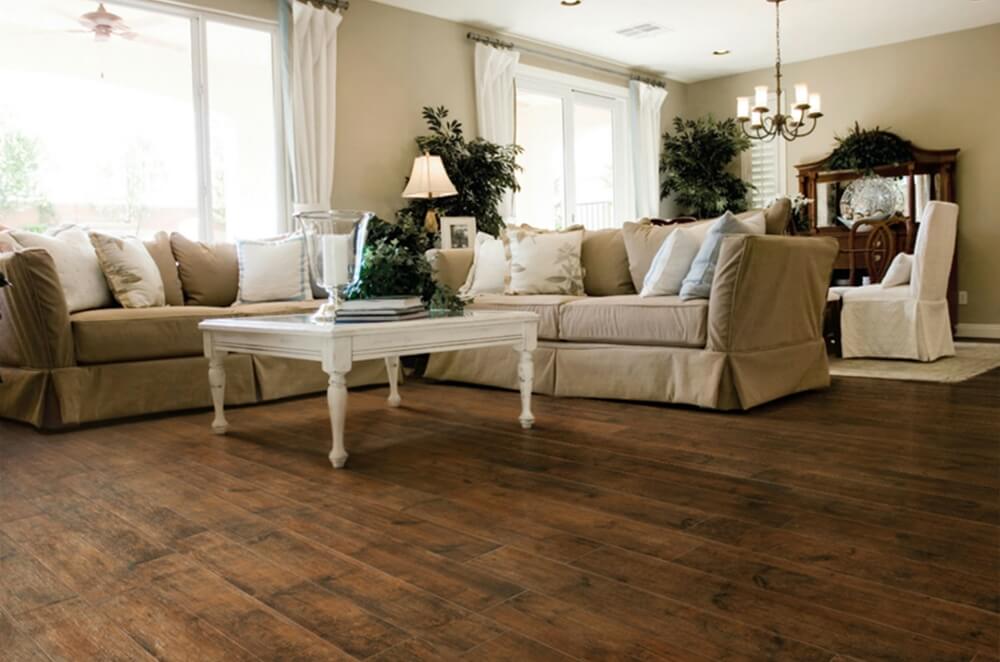
ASTM C373 - WATER ABSORBTION
- Absorption is the product capacity for water penetration. Porcelain tile is an impervious, very dense product with a very low absorbency rate. Ceramic tiles are more porous and generally less durable than porcelain tiles due to a less dense body composition. Ceramic wall tiles are the least dense and can have a water absorption rate of over 10% of its weight.
Porcelain tile is less than .5% absorption by definition therefore it meets ISO standard 10545-3.
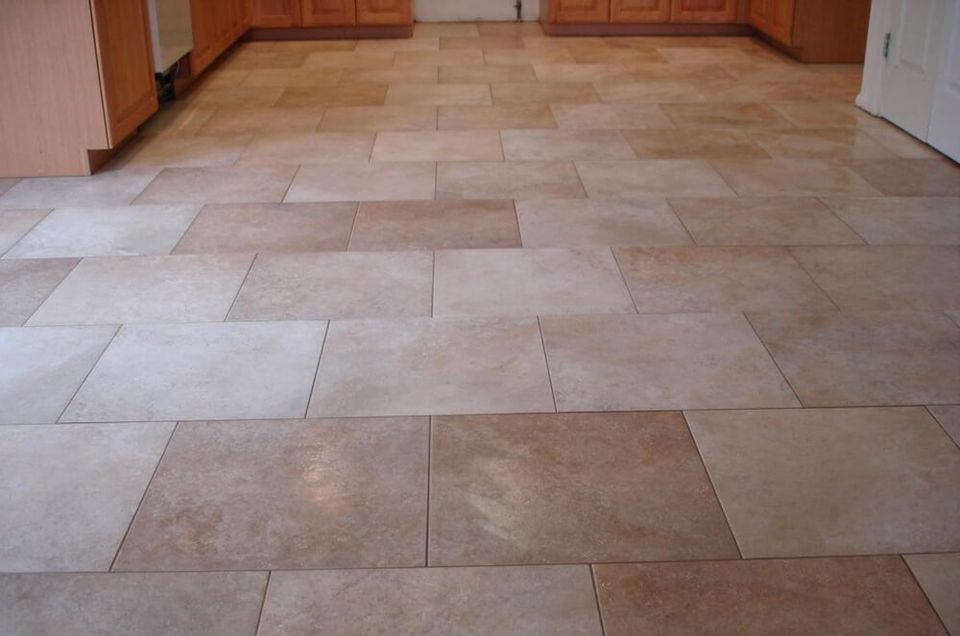
ASTM C1026 - FROST RESISTANCE
- Frost resistance is directly related to water absorption. Frost resistance is a quality that tiles have when they are subjected to water at temperatures lower that 0 degrees C without being damaged by stress generated by their moisture content freezing. If tiles absorb water and freeze the tile may fracture as the tile expands. Tiles may be rated as frost resistant or not.
